The Turnbull government has effectively vacated the field on climate change mitigation. Until it shows that it is serious on the matter, there can be no certainty, no end to the climate wars.
The Energy Security Board working for the Turnbull government has come up with a National Energy Guarantee which does no work on emissions reduction, because the target of 26% will be met almost as soon as the policy becomes operational. From the post NEG becomes a farce, this is what is forecast to happen:
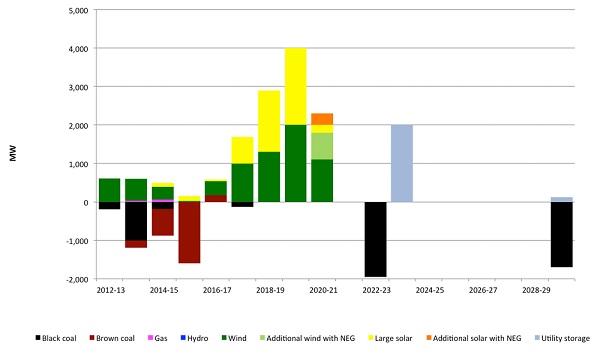
This is graph shows that it leaves economy-wide emissions reductions unaddressed:
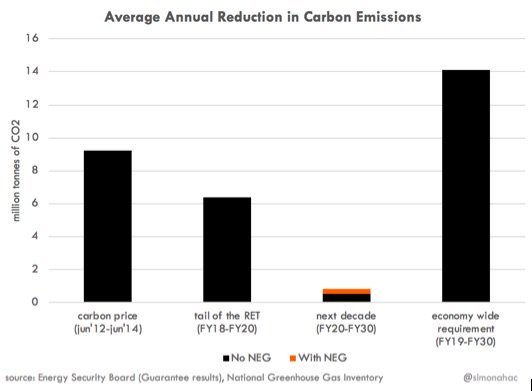
The truth is that the Turnbull government has given up on its Paris commitments. However, this means that there cannot be any certainty for business, the energy industry and citizens generally, because such a policy vacuum is simply not viable.
Giles Parkinson in his Thursday lament Big little lies: The rotten core that could kill the NEG identifies the first lie:
That this is about emissions reductions
-
Not according to environment and energy minister Josh Frydenberg: Labor’s about emissions reductions, he said on Wednesday in response to Victoria’s demand for future flexibility, “we’re about prices.”
Tony Wood from the Grattan Institute says the states should support the NEG, and jack up the emissions target later.
Wood says the NEG is simple, not complex. That probably means Danny Price, Bruce Mountain, Giles Parkinson and others would say he doesn’t understand it. If you read Parkinson, he quotes ESB chair making so many contradictory statements, she couldn’t understand it either.
Bill Shorten takes a simple view too. Phillip Coorey reports Bill Shorten calls for states and feds to do deal on NEG. Labor has indicated it will support the framework, but will amend the targets in the parliament to 45%.
There is a fair chance Labor could get the vote in the Senate, but no chance it would pass the HoR.
Hence the states are right, I think, in wanting to see some formal commitment to climate change mitigation from this government. Given their record of interference and a NEG policy that looks as though it is designed to stop renewable energy in its tracks and leave the door open for coal, with resources minister Matt Canavan openly inviting the Japanese to invest in new coal, the states have every right not to trust the Turnbull government.
Professor Mark Hoffman is dean of engineering at the UNSW Sydney, and Justine Jarvinen is chief operating officer at the UNSW Energy Institute. UNSW is a world leader in solar photovoltaic research and applications having developed several major breakthrough discoveries. They have written an interesting opinion piece in the AFR – NEG is good first step on road to cheap, reliable renewables.
NEG is not perfect, they say, but importantly:
We know there is room for renewables in the NEG as a policy framework but there is an absence of comprehensive strategy to ensure renewables form the basis of achieving meaningful emissions reduction, and energy reliability and affordability.
However, the 26% target will soon be met and even more importantly:
This target itself in the NEG doesn’t allow renewable energy to do the necessary heavy lifting for Australia’s emissions reduction. And this is precisely the opportunity our political leaders need to embrace for Australia: to provide certainty so the renewable energy sector and the ancillary developers and businesses growing up around it can continue to invest. (Emphasis added)
Apart from emissions targets that show you are serious, you need a grid plan to reshape the grid. Finally they say:
- Australia is a world leader in renewables. Our storage technology, pumped hydro capability and the ancillary industries related to renewables, including the lithium, cobalt and nickel extraction sectors, will all benefit if we embrace an energy framework that provides more certainty than we now have for renewables.
So, let’s create a system that reduces emissions, embraces low-cost renewables, encourages investment and enables a “smart” grid to shift power to when and where it is needed so it is affordable and reliable using our world leading technologies.
Returning to Parkinson’s lament, he says:
-
the detailed study undertaken by the Australian Energy Market Operator, which actually modeled targets of the type that Labor are proposing, and found that even a grid with more than 60 per cent renewables by 2030 won’t have reliability issues.
He’s talking about AEMO’s Integrated System Plan for the NEM, which did not consider the NEG because it was not then established policy, but showed how we could get to 60% by 2030 while reducing prices.
Parkinson draws attention to energy analyst Hugh Saddler’s fascinating analysis on the differences between AEMO’s Integrated System Plan and the NEG at The Australia Institute.
- The analysis effectively shows that having no NEG, but continued use of the existing institutions AEMO and its ISP – which addresses system issues rather than problems with individual generators – will deliver a better result on all measures!
“AEMO’s modelling results show that, with efficient planning of and investment in the most efficient mix of network services, it will be quite possible to ensure that the electricity supply system of the NEM remains secure and reliable, with much larger emission reductions, and much higher shares of renewable generation in the supply mix, than envisaged in the design of the NEG, and do so at lower total cost,” Saddler writes.
“AEMO’s modelling framework, including as it does a complete array of system augmentation options to deliver security and reliability, also ensures that, for any given level of renewable generation, total system costs will be lower than those of an approach, such as the NEG, which restricts augmentation to a limited choice of augmentation options.
“Hence AEMO’s system optimisation approach will deliver lower wholesale prices than the NEG.”
Cheaper, better by far, but it involves doing actual planning, reverse auctions and such, rather than setting a framework and hoping the market does the business.
In short order, we need less of this:
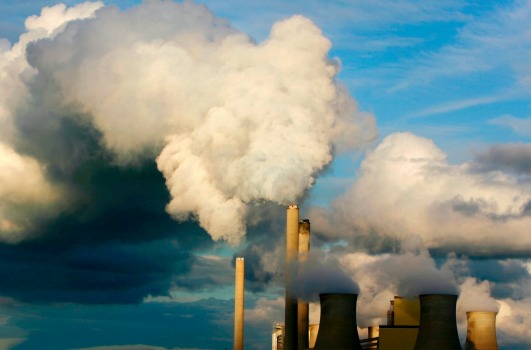
And more of this:
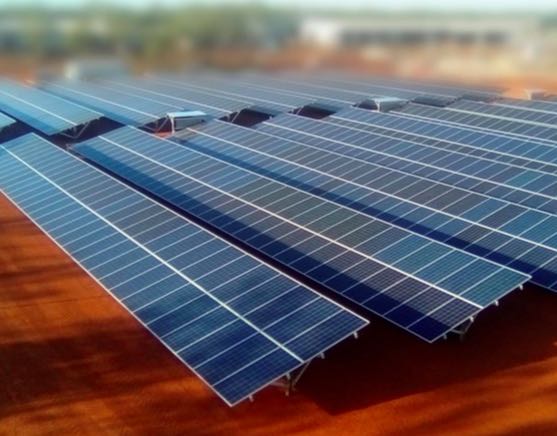
Urgently, but it needs planning across the generation, transmission and distribution sectors.

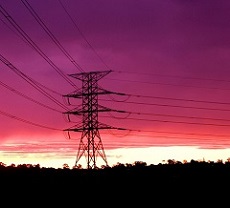
And we need more of this:
https://www.youtube.com/watch?v=GBOtMPlxCtg
Yep, solar towers have similar characteristics to relatively small coal fired generators because they use the heat in the molten salt to drive steam powered generators. The heat storage used is cheap and they can reliably can be boosted by the use of molten salt back-up heaters.
Because of all these things they can replace fossil fueled baseload power with renewable base load power.
John Davidson (Re: AUGUST 10, 2018 AT 10:35 PM):
Concentrated solar thermal (CST) technology has similar characteristics to gas-fired generator technology. CST can start-up from cold, and ramp up and down much faster than coal-fired generators (even the smaller ones) – that’s ‘dispatchability’. Adequate molten salt thermal storage provides endurance. Larger heliostat arrays provide faster energy collection to replenish thermal storage. Dispersal of CST (and other renewable) generators over a wide geographical area, linked by strong interconnectors provides network resilience. CST provides “spinning inertia”, like coal-fired generators do.
Molten salt back-up heaters involve combustion – that needs to be limited – we need to stop burning things where-ever possible. A mix of renewable technologies is required for an overall resilient, reliable electricity network system. No one technology will do the entire job.
Solar-PV can be complementary to CST.
Quiggin has a nifty post Can the electricity system be fixed?